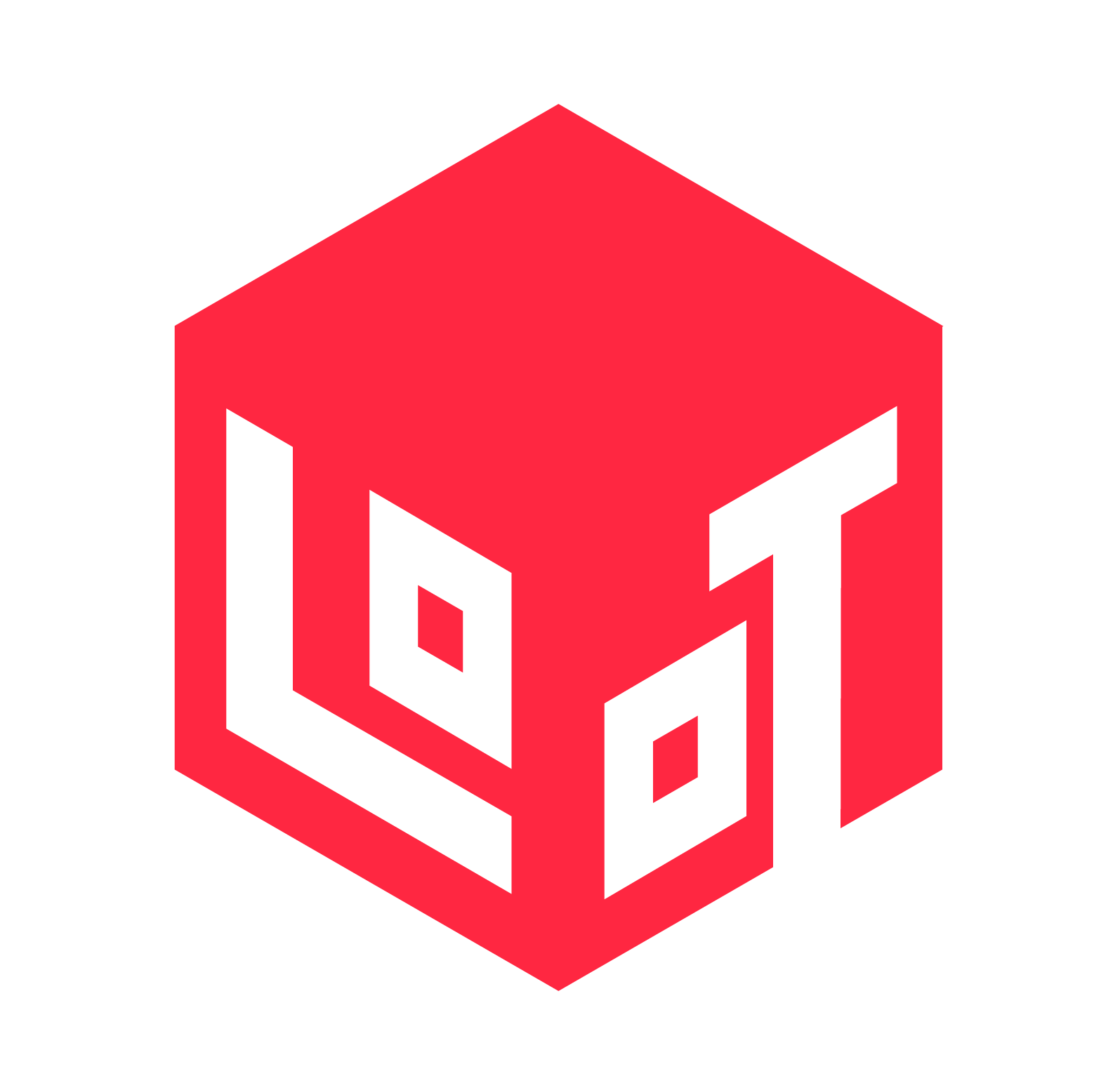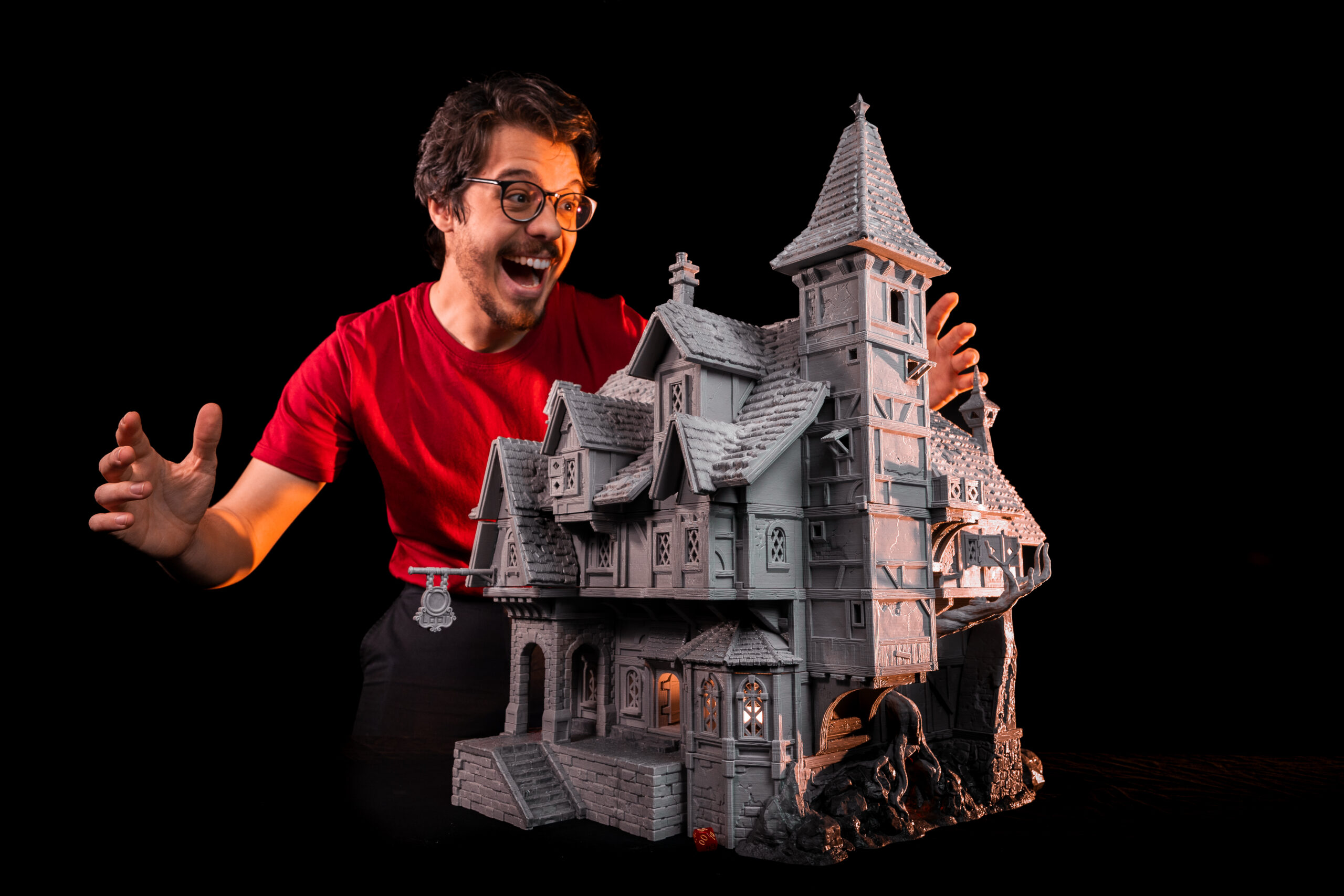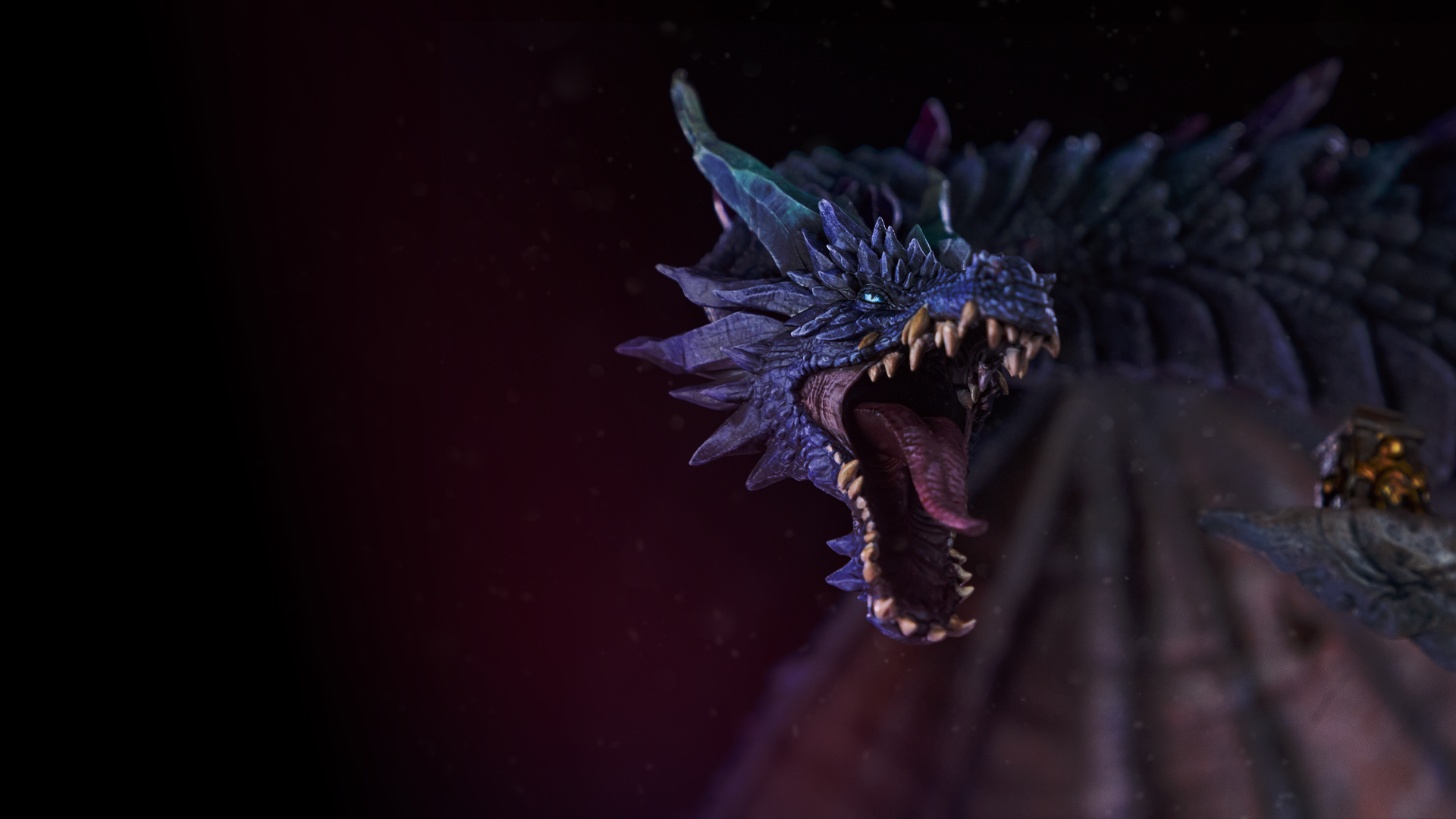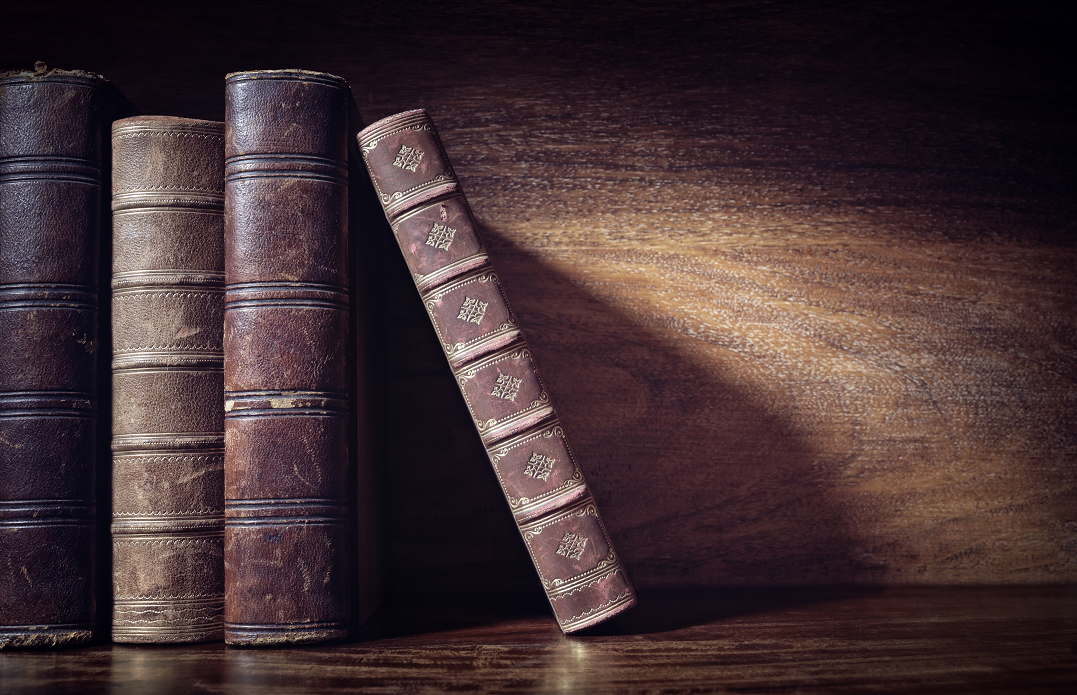Best FDM Printers of 2025
We’ve Gathered the Top Notch
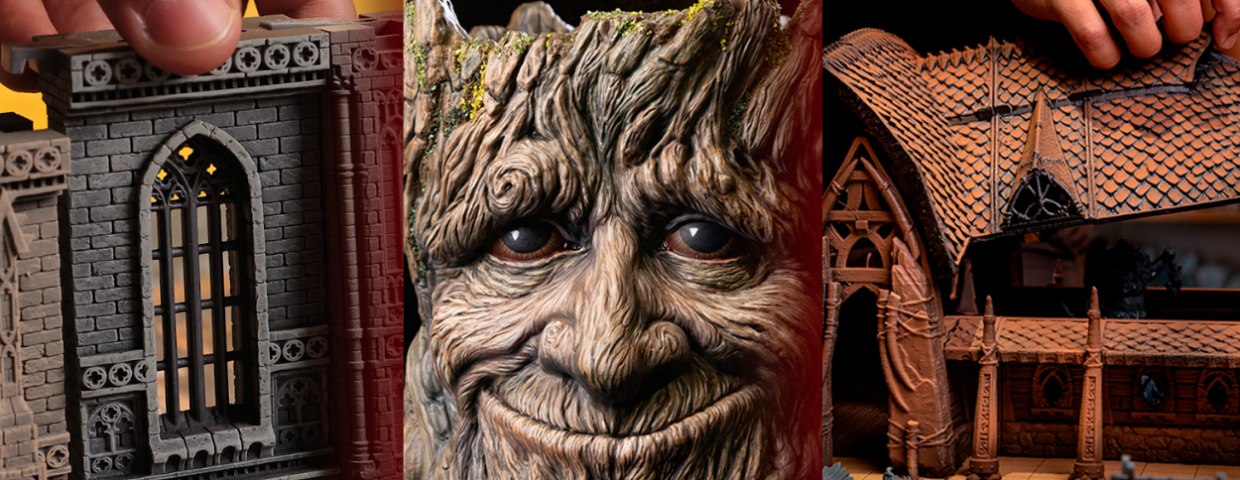
Understanding the Difference: Resin vs. Filament Printing
If you’re diving into the world of 3D printing, you’ve probably heard about two main types of printers: resin (SLA, MSLA, DLP) and filament-based (FDM). While resin printers are often the go-to choice for capturing intricate details on miniatures and small-scale models, FDM printers shine when it comes to producing larger prints without sacrificing quality. And in this text, we’re diving into the best FDM printer in the market.
One of the biggest advantages of FDM printing is its scalability. FDM technology allows you to print terrain pieces, props, or large figurines, without worrying about warping, loss of detail, or excessive costs. Plus, FDM printing materials like PLA, PETG, and ABS are more affordable and easier to handle compared to resin.
How Do They Work, Again?
If you remember our text about The Invention of 3D Printing, you know that they work by extruding thermoplastic filament through a heated nozzle, layer by layer, onto a build platform. In a more plain English: hot plastic comes out of a tiny pen.
Something to take into consideration is the FDM printer’s performance. It depends on a few key things: the extruder type, bed leveling, print speed, and motion system.
Direct drive extruders handle flexible filaments better, while Bowden setups make the print head lighter and faster. Auto-bed leveling helps get a smooth first layer and avoids failed prints. Print speed matters too—going too fast can cause issues if not adjusted right. Finally, the motion system (like CoreXY) affects how precise and stable the printer is.
Best FDM Printers of 2025
So, if you’re looking for the best FDM printers in 2025, taking all of this in consideration, we’ve got you covered with a list of top models that balance quality, reliability, and price.
Bambu Lab X1 Carbon
This is one of the fastest and most reliable FDM printers on the market. It features AI-assisted calibration, a CoreXY system, and an advanced multi-material printing setup, making it an excellent choice for those who want speed and precision. The downside? The price is a little bit excessive. And the learning curve for multi-material setups may also be a no-go for some users.
Prusa MK4
This printer continues the legacy of its predecessor with improved sensors, better print speeds, and a reputation for reliability. It’s an excellent option for those who want a hassle-free experience and a printer that delivers consistent, high-quality prints. While slightly more expensive than some competitors, its silent operation and strong community support make it a true investment.
Creality K1 Max
For those who need a large-format printer, this one stands out with its impressive build volume and AI-assisted monitoring. Ideal for printing large terrain pieces and cosplay props, it combines a CoreXY motion system with fast printing speeds. However, the software experience is less refined than other premium options, and some tweaking may be required out of the box.
Anycubic Kobra 2 Pro
This is a budget-friendly high-speed printer that delivers excellent print quality at a fraction of the cost. It comes with auto-bed leveling and a user-friendly setup, making it a great choice for beginners and hobbyists. While its build plate size is smaller compared to competitors, it remains a strong contender for those looking to balance affordability with performance.
Voron 2.4
For enthusiasts and tinkerers, it offers a fully customizable, high-speed CoreXY printing experience. Designed for those who want complete control over their setup, its DIY kit provides precision, durability, and an enclosed design for improved print consistency. However, it requires assembly and a higher initial investment due to the need for sourcing components individually.
Why Choose FDM for Miniatures and Large Prints?
FDM printing is no longer just for simple prototypes. With advancements in print quality, speed, and material diversity, it’s now a serious contender for miniatures, large-scale terrain, and even functional props. Compared to resin, FDM is more cost-effective for large prints, easier to maintain since it doesn’t require alcohol baths and UV curing, and less messy with no sticky resins or toxic fumes.
Different types of filaments enhance the versatility of whatever equipment you think is the best FDM printer. PLA (Polylactic Acid) remains the most popular due to its ease of use and biodegradability, but PETG (Polyethylene Terephthalate Glycol) offers improved durability and temperature resistance, making it ideal for functional parts. ABS (Acrylonitrile Butadiene Styrene) is another strong choice, though it requires a heated chamber to prevent warping.
Advanced materials like TPU (flexible filament) and carbon fiber-infused filaments expand the range of applications, from soft, rubber-like prints to ultra-rigid mechanical components.
For tabletop gamers and hobbyists, the best part is that Loot Studios offers a vast collection of FDM-ready models within its subscription. Whether you need detailed characters, scenic elements, or full-scale battlefields, there are plenty of options available. To see these models in action, check out this video: Watch here.
Conclusion
Choosing the best FDM printer depends on your needs, whether it’s speed, budget, or large-format capabilities. From the lightning-fast Bambu Lab X1 Carbon to the customizable Voron 2.4, there is an option for every maker and hobbyist. Understanding the technical aspects, such as hot plastic coming out of a tiny pen (kidding) — extruder type, motion system, and filament compatibility, can help you make a conscious decision. And if you’re looking for high-quality FDM-friendly STL files, don’t forget to explore our bundles!
Loot Studios can help you print highly detailed minis, statues and props.Choose your favorite bundle from our previous releases or sign up for Fantasy or Sci-Fi to receive a new bundle every month. You can also check out some tips at our YouTube Channel.
